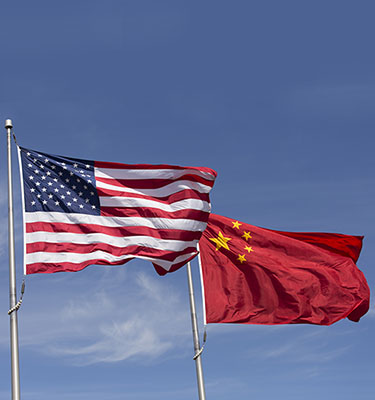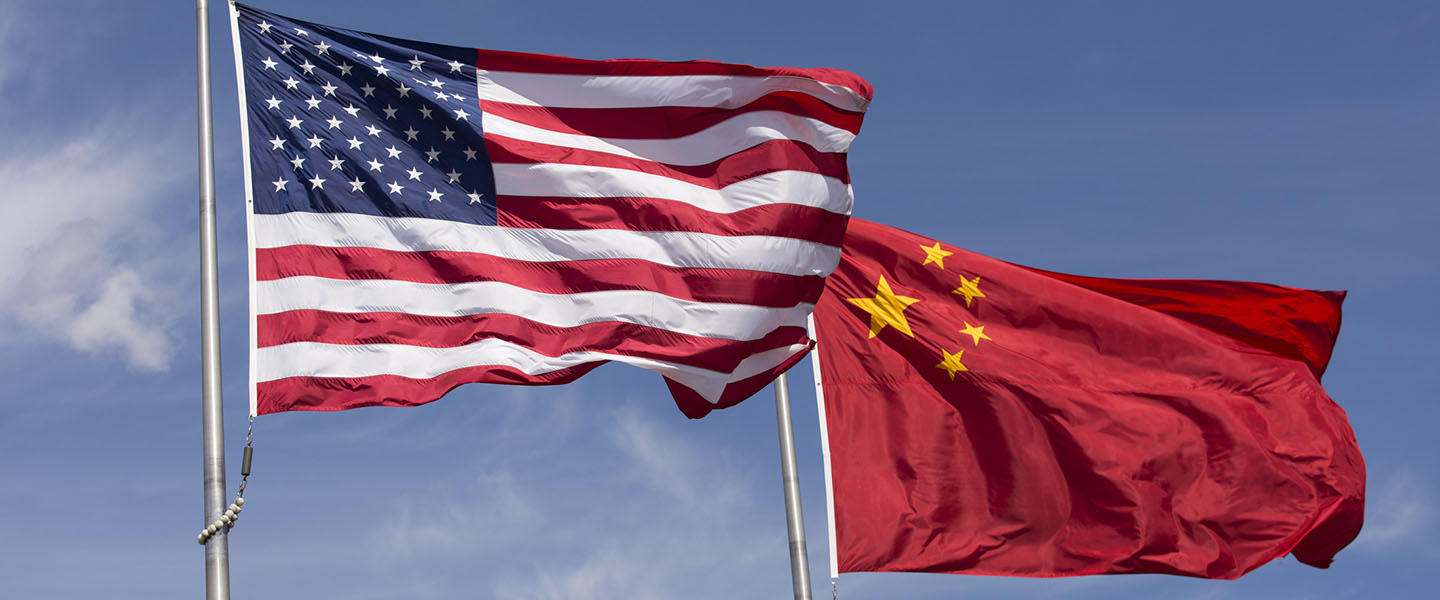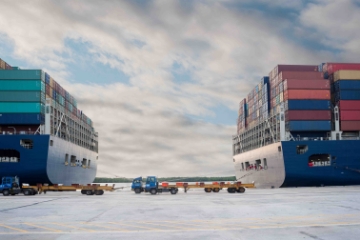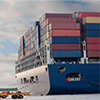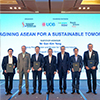The challenge for both nations – and for the rest of the world – is to build new institutions that can manage rivalry without ruin and to reimagine a new development model ahead.
As the United States and China ratchet tariffs to levels unseen since the Smoot-Hawley era – 145 per cent on Chinese exports into the US, versus 125 per cent on American exports into China – the two superpowers are plunging into a new phase of economic confrontation.
But this is no longer just a trade dispute. It is an all-encompassing contest of political will, industrial strategy and global influence.
This latest surge in tensions is a culmination of long-building pressures since the 2018 invocation of Section 301 of the US Trade Act. The Trump administration at the time looked to counter what it called China’s “unfair trade practices”, including forced technology transfers, subsidies for state-owned enterprises and constraints on market access.
These complaints, while not without merit, masked a deeper issue from the Chinese perspective: the erosion of American hegemony by China’s rise and, accordingly, a shift in US strategy from engagement to active suppression.
Who holds escalation dominance?
Escalation dominance is a concept from strategic theory that refers to a party’s ability to escalate a conflict in ways that impose greater costs on the opponent than on itself, thereby deterring the opponent from continuing or intensifying the conflict.
On the surface, the US commands dominance on trade, given its large deficit with China. Hence, tariffs wield significant coercive power. However, the administration’s rationale to impose wide-ranging tariffs on more than 100 countries is rooted in a 17th century mercantilist framework that sees trade surpluses as profits and deficits as losses.
This view is fundamentally flawed in an integrated global economy. According to Alpine Macro Research, two-thirds of total imports of American manufacturers are intermediate goods. Tariffs, in this context, could be more self-harming than protective.
For China, escalation dominance comes not from tariffs alone, but from its command of critical minerals. It controls upwards of 90 per cent of the world’s refining capacity for rare earth elements – materials crucial for electric vehicles, semiconductors and defence systems. The critical mineral industry is sometimes described as a US$5 billion industry feeding into products worth US$8 trillion.
With control over every stage of the supply chain and consolidation of the industry into six major state-owned enterprise groups since 2016, China’s end-to-end dominance is not easy for other countries to replicate.
China is also less vulnerable to economic pressure today. Exports to the US now account for just 14 per cent of China’s total exports, down from 20 per cent in 2016. As a share of gross domestic product, those exports have fallen below 3 per cent.
Moreover, its economy has undergone several years of painful adjustment from the real estate bust, as well as excesses in the financial system. The Chinese government has also been conservative on large-scale fiscal stimulus in past years, which puts them in a stronger position to mitigate the fallout from the disruptive decoupling.
The US-China trade war is no longer about trade deficits or market access. It is about great power rivalries and which of their industrial models will define the future.
Neo Teng Hwee
While the US’ trade deficit may seem unsustainably high, the global outsourcing system enables US corporates to lower their costs and, correspondingly, achieve higher profit margins.
An example is Apple, which enjoys a very high return on equity of more than 100 per cent. By outsourcing manufacturing, the company significantly reduces fixed asset investments while retaining the most lucrative parts of the product value chain: design and marketing.
Moreover, China is Apple’s second-largest market by revenue, which explains the US’ subsequent move to exempt electronics products from tariffs. Focusing solely on the trade deficit also ignores the US’ substantial services surplus, which includes software exports, movies and financial services.
From an economic point of view, a current account deficit reflects a savings-investment shortfall, most evidently reflected in the US government’s US$2 trillion fiscal deficit in 2024. Unwinding the trade deficit also requires the US to consume less, save more, pay higher prices and lower corporate profits and asset prices.
The sudden imposition of unprecedented tariffs raises questions about the country’s commitment to global trade and commerce, which triggered a sell-off in both US Treasuries and the greenback.
Its current account deficit is a key factor contributing to its unrivalled reserve currency status, granting it the exorbitant privilege of lower financing costs and consequently, stronger economic growth.
Influence of politics and geopolitics
A key factor in escalation dominance is resilience, or the ability to endure the economic repercussions of a tit-for-tat escalation.
In this regard, while China will no doubt suffer the economic consequences of the amelioration of a US$438 billion export machinery, it has a political system that can withstand the pressure of a protracted stand-off.
The US, on the other hand, faces a mid-term election in 2026. A consumer fallout, whether due to inflation or rising unemployment, will no doubt have an impact on election outcomes, and could reverse the super-majority of the Republican Party.
Additionally, the US retains considerable influence in the geopolitical sphere given its military and technological dominance. A potential retaliation strategy could involve the US setting trade deals with other nations at China’s expense.
However, this will put many Asian countries in a dilemma, given the size of the Chinese market and its geographic proximity, against their dependency on the security umbrella of the US.
A system in strain
All factors considered, the escalation dominance between the US and China may be more balanced than originally perceived. Given the symmetry of risk, a negotiated settlement would be the optimal outcome.
There are promising signs that the Apr 2 tariffs will be negotiated to less catastrophic levels. In our view, the current tariff-induced sell-off could see a recovery in the months ahead, especially bolstered by the market-friendly agenda of the current administration in areas of deregulation and tax cuts. The ongoing sell-off in the US Treasury market could also offer investors opportunities in the fixed income market.
China is likely to pursue more aggressive stimulus measures to mitigate the fallout from the current stalemate. Given the low exposure of major listed Chinese companies to international sales, a domestically driven stimulus could lead to a more sustained rally, compared with relying on export performance alone.
It is tempting to imagine this conflict ending with a deal or a handshake. But the more likely future is uneasy coexistence.
The US-China trade war is no longer about trade deficits or market access. It is about great power rivalries and which of their industrial models will define the future – the West favours rules-based capitalism; China champions state-led development. The clash is as much ideological as it is economic.
The challenge for both nations – and for the rest of the world – is to build new institutions that can manage rivalry without ruin and to reimagine a new development model ahead. For investors, this may usher in new sources of both opportunities and risks.
This article was first published in The Business Times on 29 April 2025.
This article shall not be copied or relied upon by any person for whatever purpose. This article is given on a general basis without obligation and is strictly for information only. The information contained in this article is based on certain assumptions, information and conditions available as at the date of the article and may be subject to change at any time without notice. You should consult your own professional advisers about the issues discussed in this article. Nothing in this article constitutes accounting, legal, regulatory, tax or other advice. This article is not intended as an offer, recommendation, solicitation, or advice to purchase or sell any investment product, securities or instruments. Although reasonable care has been taken to ensure the accuracy and objectivity of the information contained in this article, UOB and its employees make no representation or warranty, whether express or implied, as to its accuracy, completeness and objectivity and accept no responsibility or liability for any error, inaccuracy, omission or any consequence or any loss or damage howsoever suffered by any person arising from any reliance on the views expressed and the information in this article.
About the author
Neo Teng Hwee is the Chief Investment Officer of UOB Private Bank.

